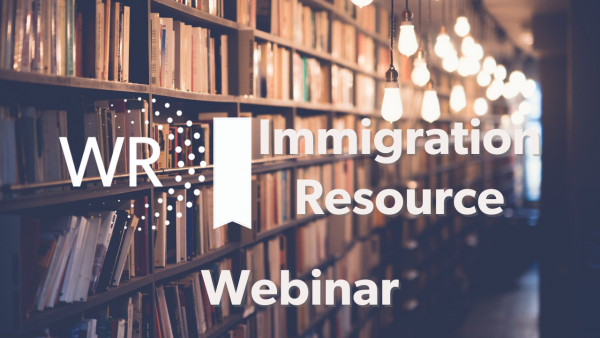As the world continues to grapple with the fallout of the COVID-19 onslaught, companies are struggling with unprecedented volatility in the workforce, which has been denominated as “The Great Resignation.”
Join our panel of subject matter experts in Employment, Immigration, and Rewards as we explore real solutions for recruiting and retaining employees in 2022.
An immigration-specific segment is presented by Senior Associate Nate Grow and is found below:
See the full recording of this meeting here:


